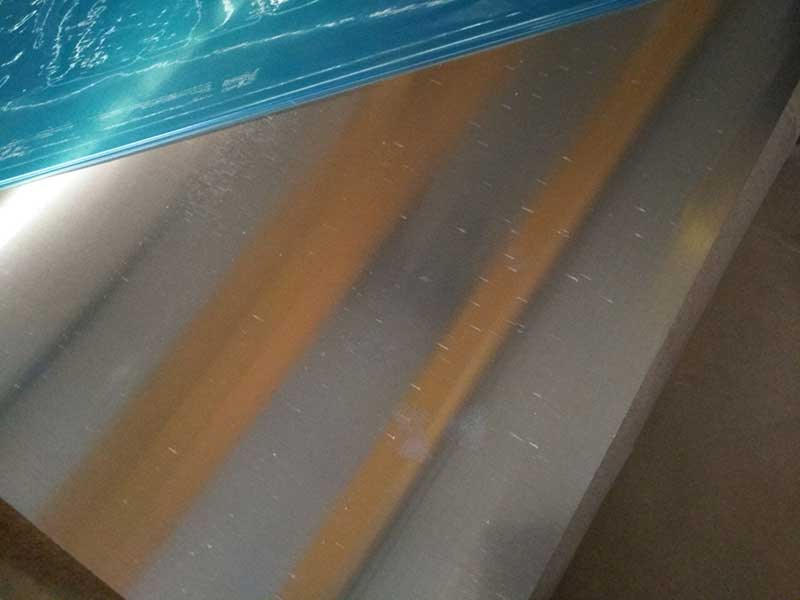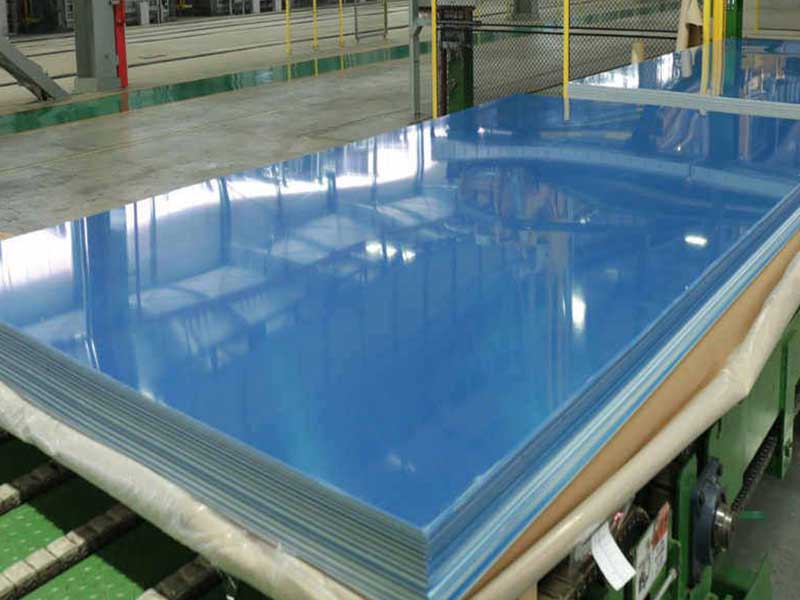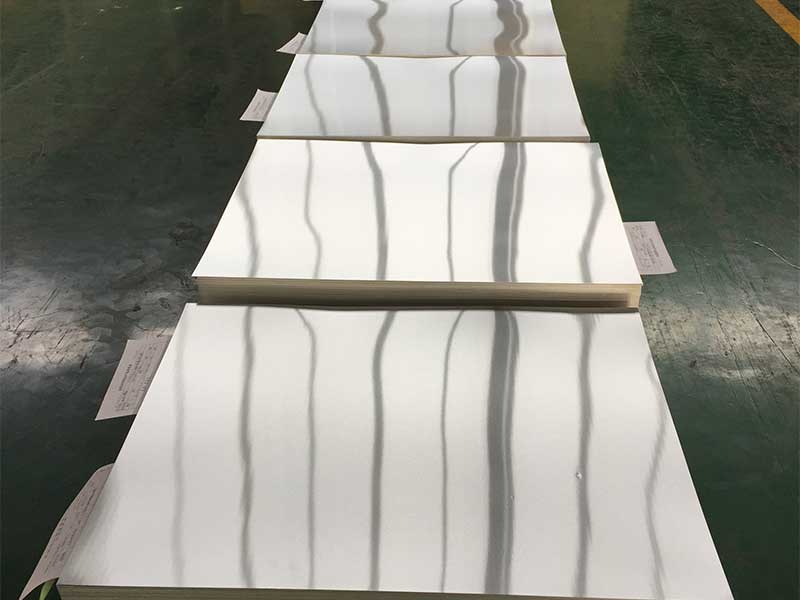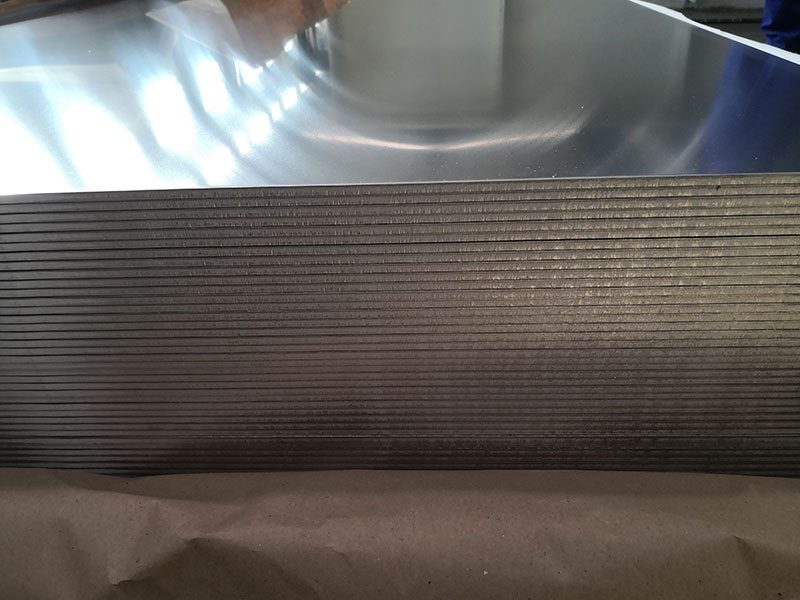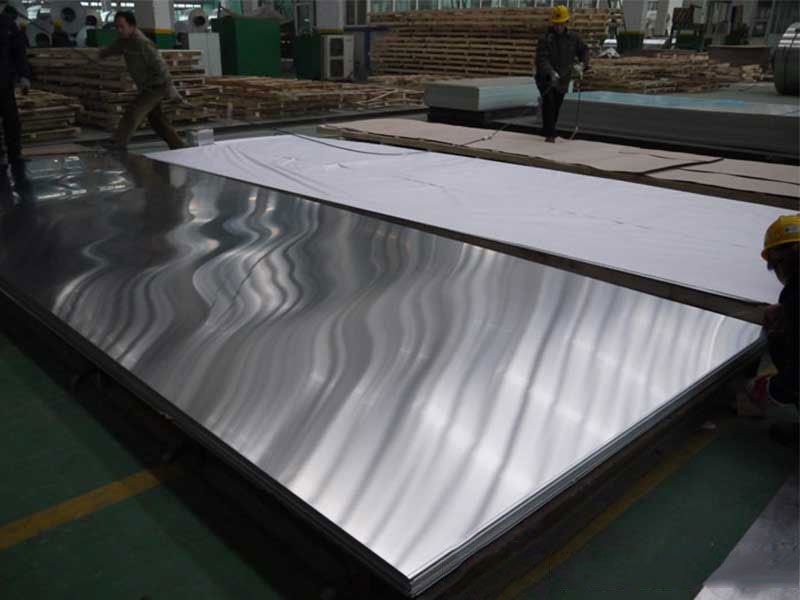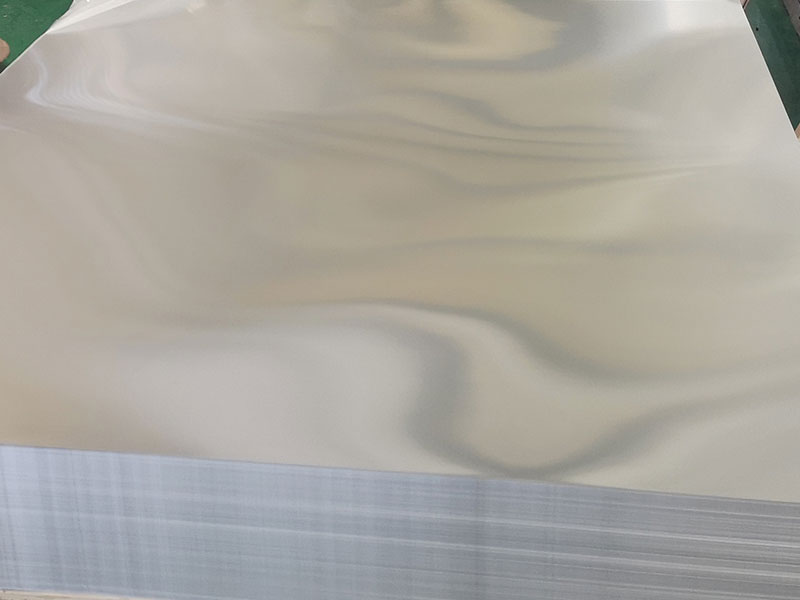Aluminium Sheet Plate Coil Alloy 1060 1100 3003 5052 5083 5086 6061
Aluminum sheet plate coils are cornerstone materials in numerous industrial and commercial applications due to their exceptional properties and versatile alloy options. Among the variety of aluminum alloys available, 1060, 1100, 3003, 5052, 5083, 5086, and 6061 is know in performance, each serving unique functions from lightweight construction to enhanced corrosion resistance.
Unraveling the Functional Essence of Aluminum Sheet Plate Coils
Unlike bulky solids or irregular profiles, aluminum sheet and plate coils provide a continuous, uniform preparation that enhances fabrication efficiency and surface finish quality. This coil form ensures effortless feeding into automated lines or processing machinery, making these alloys indispensable in industries ranging from aerospace to packaging.
Each alloy’s composition dictates its mechanical performance and suitability for various environmental conditions. Think of these materials not just as metal sheets, but as tailor-made solutions engineered to tackle diverse challenges—weight reduction, corrosion resistance, machinability, strength, and weldability.
In-depth Examination of Alloy Grades
| Alloy | Characteristics | Typical Applications | Temper Designations |
|---|---|---|---|
| 1060 | Highly pure (99.6% aluminum), excellent corrosion resistance, good workability | Electrical conductors, decorative applications, chemical equipment | O (annealed) |
| 1100 | Commercially pure, excellent corrosion resistance, highest ductility | Cooking utensils, roofing sheets, chemical and food processing | O |
| 3003 | Manganese alloyed, greater strength than pure aluminum, good corrosion resistance | Roofing, siding, general sheet metal work, HVAC ducting | H14, H16, H18 |
| 5052 | Magnesium major alloying, excellent marine corrosion resistance, high fatigue strength | Marine structures, fuel tanks, pressure vessels, curved panels | H32, H34, H35 |
| 5083 | High strength, remarkable corrosion resistance amid seawater | Shipbuilding, railcars, cryogenics, military applications | H111, H116, H321 |
| 5086 | Similar to 5083 with improved corrosion resistance and higher strength | Automotive body panels, marine, pressure vessels | H32, H34, H36 |
| 6061 | Aluminum-magnesium-silicon alloy, heat-treatable with high strength | Structural components, aerospace, transport frames, pipelines | T4, T6 |
Technical Parameters & Standards
The implementation of these aluminum alloys is usually governed by nickel-free standards promoting recyclability and environmental safety. The most frequently referenced international standards include:
- ASTM B209: Covering sheet and plate sizes and thicknesses for an array of aluminum alloys.
- EN 485: Aluminum and aluminum alloy sheet, strip, and plate mechanical properties and tolerances in Europe.
- JIS H4000: The Japanese Industrial Standard describing numerous commercially pure and alloy composites.
Plate thickness generally varies from 0.2 mm for ultra-light fabrication sheets up to several centimeters for structural plates. Widths and coil diameters adjust accordingly, optimized for flattening and onward processing machinery compatibility.
Alloy Temper Designations & Mechanical Conditioning
Temper designations express the extent and manner of work hardening or heat treatment the sheet has undergone, directly influencing mechanical properties:
- O (Annealed): Soft and ductile state permitting maximum forming.
- Hx (Strain Strain-hardened, strain-hardened and stabilized): Enhances strength with varying ductility.
- T4, T6, T7 (Heat-treated alloys): Offering improved tensile strength via solution heat treatment and precipitation hardening.
Temper choice stems from application requirements. For instance, 6061-T6 is popular in structural frames requiring stable strength and moderate corrosion resistance, whereas 5052-H32 suits marine environments demanding moderate hardness complimented by stellar anti-corrosion performance.
| Alloy | Aluminum % | Si % | Fe % | Cu % | Mn % | Mg % | Zn % | Others % |
|---|---|---|---|---|---|---|---|---|
| 1060 | 99.6 min | ≤0.25 | ≤0.35 | ≤0.05 | ≤0.03 | ≤0.03 | ≤0.05 | Others traces |
| 1100 | 99.0 min | ≤0.95 | ≤0.95 | ≤0.05 | ≤0.05 | ≤0.05 | ≤0.10 | Others traces |
| 3003 | 96.2 min | ≤0.60 | ≤0.70 | ≤0.05 | 1.00-1.50 | ≤0.10 | ≤0.10 | Others traces |
| 5052 | 97.25 min | ≤0.25 | ≤0.40 | ≤0.10 | ≤0.10 | 2.2-2.8 | ≤0.10 | Others traces |
| 5083 | 94.0 min | 0.4 | 0.4 | 0.1 | 0.4-1.0 | 4.0-4.9 | ≤0.25 | Trace Cr (0.05-0.25) |
| 5086 | 93.5 min | ≤0.4 | ≤0.5 | ≤0.1 | 0.2-0.7 | 3.5-4.5 | ≤0.25 | Cr (0.05-0.25) |
| 6061 | 97.9 min | 0.4-0.8 | ≤0.7 | 0.15-0.4 | 0.15 | 0.8-1.2 | ≤0.25 | Trace Ti, Cu |
Note: These tabulated compositions may have minor variations reflecting different manufacturer standards but reflect pristine benchmarks to achieve characteristic functional behavior.
Distinctive Applications Across Industries
1. Aerospace: 6061 and 5083 find use in aircraft structures where superior strength-to-weight ratios combined with durability against corrosion in exposure-prone conditions are mandatory.
2. Marine: 5052, 5083, and 5086 offer unparalleled service life on or under saltwater due to robust magnesium plus chromium contents. These alloys serve as hulls, decks, storage tanks, and pressure containment units.
3. Packaging & Consumer Goods: Alloys such as 1060 and 1100 expose purity in food contact situations supporting non-toxicity, excellent formability, and resistance against reaction with food acids.
4. Transportation: Fire-resilient chassis components and bending hardy reinforcement sheets game well with 3003 and 6061 when weight minimization balances higher mechanical forces healing demand.
5. Electrical Industry: High electrical conductivity in 1060 alloy sheets well serve cable wraps and bus duct linings efficiently due to low iron and copper content allowing freer electron transfer across molecular profiles.
Conclusion: Tailoring Aluminum Alloy Selections To Application Necessity
When choosing aluminum sheet, plate, or coil material, vendors and engineering design teams possess a blistering palette of grades to fit specific nuances in manufacturing feasibilities and application warranties. From high-purity 1100 coats adorning decorative panels to toughened 6061 marine frameworks, mastering the powders of alloy temperings, chemical blend precision, and intertwined mechanical expectation is imperative.
Whether your project seeks lightning-quick automated coil feeding or long-term seawater irradiationLOSS endurance, the distinct composition and operational characteristics of alloys 1060 through 6061 steers manufacture and product life towards excellence.
Engage with proven suppliers to obtain certified chemical property validations, custom temper conversions, >values under ISO or ASTM control, and receive suggestions molded by end-use in fields spanning aerospace, transportation, packaging, and architectural construction.
Aluminum sheet plate coils can be perceived more as tailored metal performative partners than mere materials; this shift in perception ensures intelligent roadmap planning and optimized final applications.
References:
- ASTM International Standards (B209)
- Aluminum Association Alloy Designations & Chemical Compositions
- EN 485 - Aluminum and aluminum alloy sheet, strip and plate
- “Light Alloys: From Traditional Alloys to Nanocrystals,” F. Czerwinski (2016)
Harness the power of specialized aluminum alloys and transform your manufacturing precision and product longevity today.


